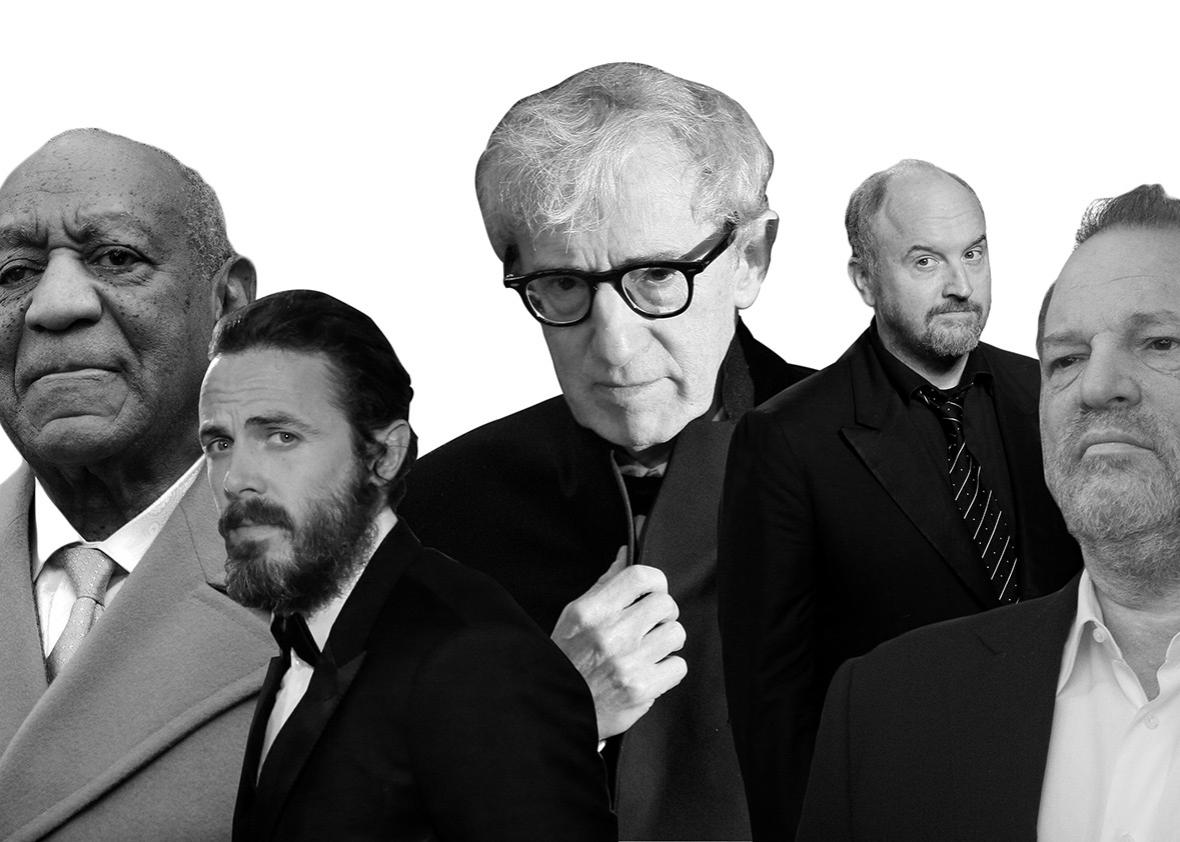Listen to this episode of Studio 360 by clicking the arrow on the audio player below:
In the #MeToo era, it seems like the sun rarely sets without someone new being outed as a bully, sexual predator, or worse. And for journalists who cover arts and entertainment, it raises anguishing questions. How can you write about House of Cards or The Cosby Show ever again without the work feeling hopelessly tainted? And are they still great shows, even if their stars or creators aren’t? How do you investigate claims of harassment if no one will talk and stars’ publicists won’t let you near their clients? What excellent works of art or storytelling were never made because bad men got in the way?
A few weeks ago, Kurt Andersen participated in a panel to talk about some of these questions with other journalists and critics. The panel was called “When Bad People Create Good Art: Writing About Culture in the #MeToo Era.” It was held at the Graduate School of Journalism at the City University of New York. The panel was moderated by Janice C. Simpson, director of the Arts and Culture Reporting Program at CUNY, and also included Nekesa Moody, global entertainment and style editor of the Associated Press, and A.O. Scott, film critic of the New York Times.
“I like to think about the people who didn’t get a chance, people who were in their path who were harmed, how they’re doing,” said Maureen Ryan, chief TV critic at Variety, who also was on the panel. “I think a lot about that.”
This podcast was produced by Studio 360’s Jocelyn Gonzales.
Studio 360 plugs:
Please remember to like us on our Facebook page and Twitter. Send your emails to incoming@studio360.org.
